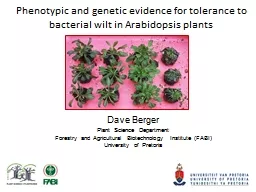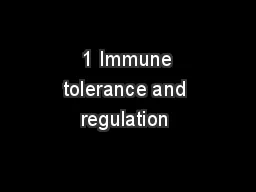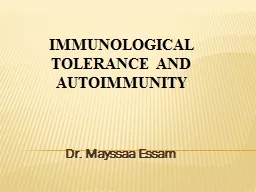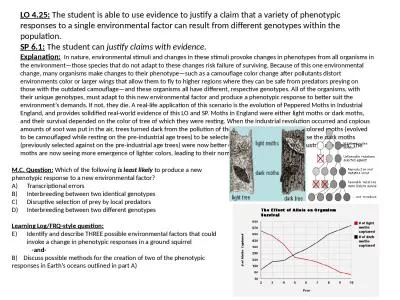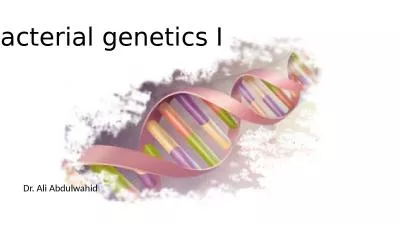PPT-Phenotypic and genetic evidence for tolerance to bacterial
Author : briana-ranney | Published Date : 2016-05-24
Dave Berger Plant Science Department Forestry and Agricultural Biotechnology Institute FABI University of Pretoria Ralstonia solanacearum Soilborne vascular pathogen
Presentation Embed Code
Download Presentation
Download Presentation The PPT/PDF document "Phenotypic and genetic evidence for tole..." is the property of its rightful owner. Permission is granted to download and print the materials on this website for personal, non-commercial use only, and to display it on your personal computer provided you do not modify the materials and that you retain all copyright notices contained in the materials. By downloading content from our website, you accept the terms of this agreement.
Phenotypic and genetic evidence for tolerance to bacterial: Transcript
Download Rules Of Document
"Phenotypic and genetic evidence for tolerance to bacterial"The content belongs to its owner. You may download and print it for personal use, without modification, and keep all copyright notices. By downloading, you agree to these terms.
Related Documents

